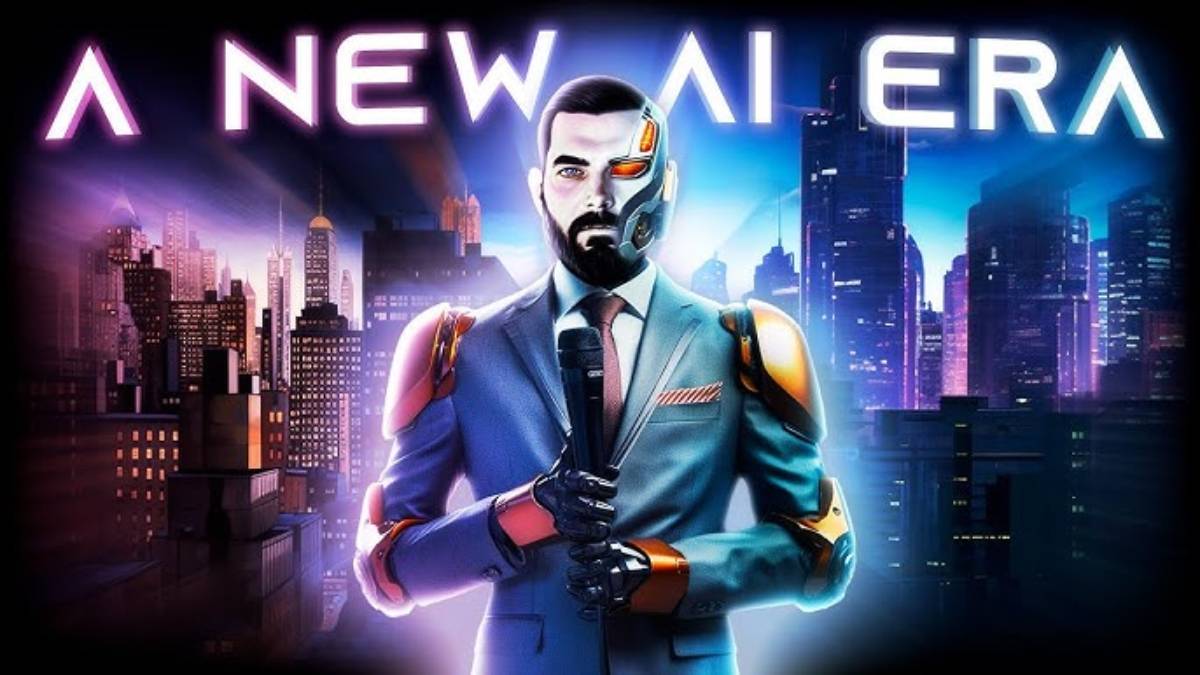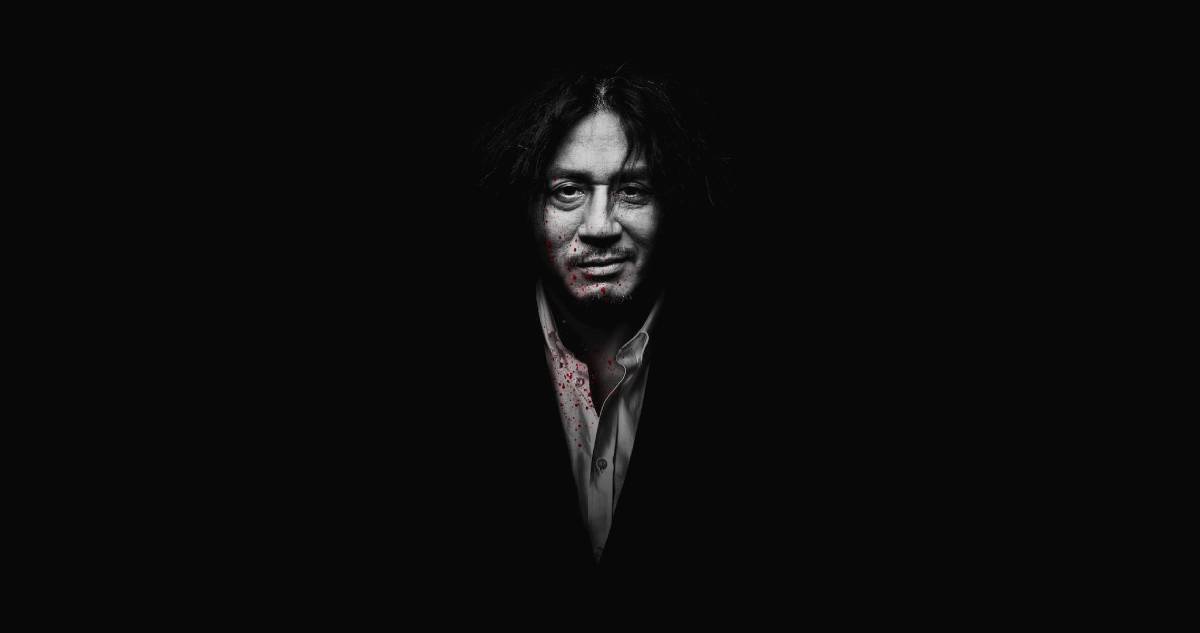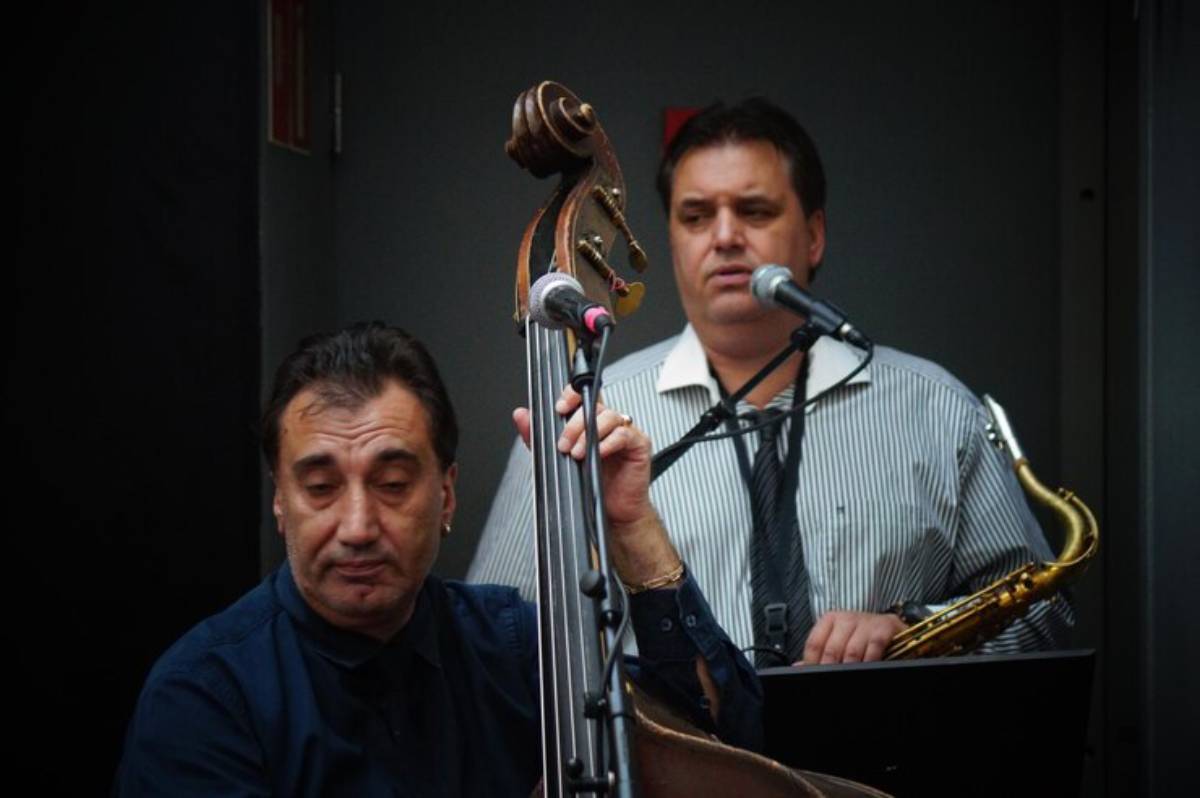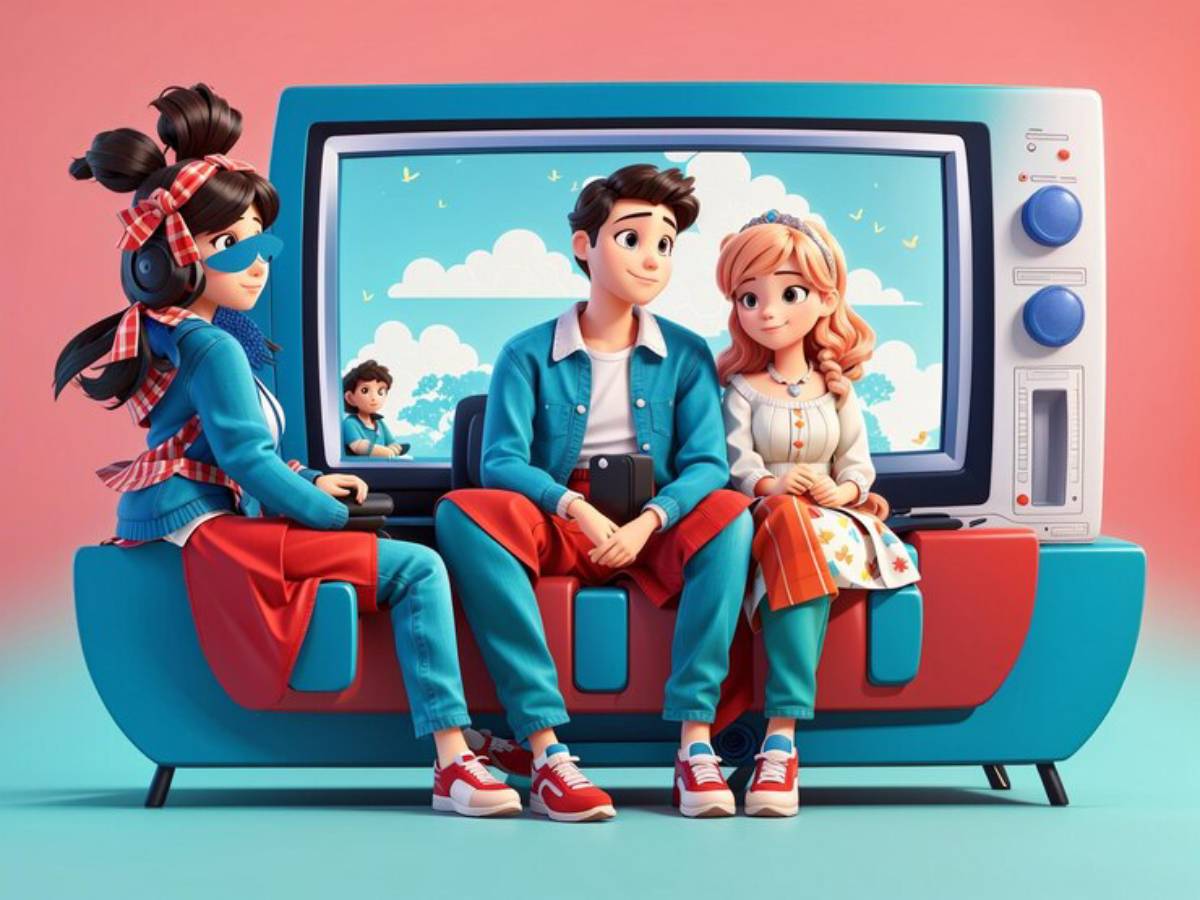
How AI is Revolutionising Animation and Visual Storytelling
Artificial intelligence (AI) is changing how we tell stories on screen. In animation it’s opening new doors—making it easier, faster, and more creative to bring ideas to life. From speeding up production to helping with design and movement, AI in animation is quickly becoming a key tool for studios, artists, and independent creators.
As technology advances, AI isn’t just making things more efficient—it’s reshaping how stories are told. In this article, we’ll look at how artificial intelligence in film is transforming animation and visual effects, what’s new in VFX technology 2025, and how creators are using AI to do more with less.
What AI Brings to Animation
Animation has always been time-consuming. Every frame, gesture, and detail takes work. But AI is changing that. It’s helping artists skip repetitive steps and focus on the creative parts of storytelling.
Here’s what AI in animation can do:
- Fill in the frames between key poses (called in-betweening)
- Match mouth movements to voice tracks automatically
- Animate character movement using motion data
- Clean up or upscale older footage
- Create backgrounds or concept art from basic input
Instead of replacing animators, AI tools act like smart assistants—speeding up tasks and offering new creative options.
Faster Workflows with Smarter Tools
Animation teams often work under tight deadlines. AI helps by making certain parts of the job faster and easier. That includes rigging characters, refining motion, or fixing small errors across frames.
New AI-powered tools can:
- Add skeletons to characters automatically for movement
- Suggest different ways a scene could be animated
- Smooth out rough animation for a more polished look
- Colour sketches with accurate shading and style matching
This means teams can meet deadlines without sacrificing quality—and solo creators can do work that once needed a full studio.
Real-Time Animation Gets a Boost

With AI, real-time animation is becoming more realistic and interactive. Virtual characters can now respond instantly to users, whether in a video game, training tool, or live event.
Examples include:
- Virtual avatars that react during live streams
- Training simulations with responsive animated characters
- Motion capture performances combined with AI smoothing
- Lip-syncing for multiple languages on the fly
These advances in VFX technology 2025 are making animated characters feel more alive and making interactive media more engaging.
AI in Visual Effects (VFX)
Behind every blockbuster movie or fantasy scene is a team of VFX artists. Now, AI is helping them work faster and smarter.
Artificial intelligence in film is now used to:
- Track faces for de-ageing or digital doubles
- Automatically remove backgrounds or replace skies
- Create realistic crowds without individual modelling
- Match the look of one shot to another for consistency
AI tools can also handle small visual effects tasks—like reflections or lighting fixes—that used to take hours to perfect.
AI as a Creative Partner
AI isn’t just useful behind the scenes. It’s also helping with the creative side of storytelling. Writers, directors, and designers now use AI to explore new ideas or speed up early development.
Common uses include:
- Script-writing suggestions or dialogue ideas
- Editing tools that pick the best takes or scenes
- Concept art generated from text prompts
- Voice cloning for consistent performances across scenes
Instead of replacing creativity, these tools offer a second set of hands—one that never gets tired.
More Power to Independent Creators
In the past, creating high-quality animation or VFX required big budgets and large teams. Now, with AI tools, independent artists and small studios can do more than ever before.
Creators can now:
- Animate short films, music videos, or web series alone or in small teams
- Use AI-generated art and backgrounds to save time
- Apply visual effects without expensive software or hardware
- Publish on platforms like YouTube, TikTok, or streaming services with professional polish
This shift is making animation more inclusive and opening up space for new voices and styles.
Important Questions Around AI in Film
With all this innovation comes responsibility. As AI takes on more creative work, people are asking important questions.
Key concerns include:
- Who owns AI-generated work?
- Will jobs be lost to automation?
- How do we protect originality in the age of AI?
- Can deepfakes or voice cloning be misused?
These are ongoing conversations. Most experts agree that AI should be used to support, not replace, human creativity—and that clear rules and ethics will be needed as the technology grows.
What’s Next: VFX Technology 2025 and Beyond
Looking ahead, VFX technology in 2025 will become even more connected, intelligent, and real-time. We’re already seeing exciting new developments like:
- AI-powered motion capture without suits
- Virtual actors with lifelike expressions and AI-generated voices
- Emotion-aware characters that respond to viewer feedback
- Real-time cloud platforms for remote animation and collaboration
- Personalised stories that adjust based on viewer interaction
These changes blend games, films, and virtual reality into one rich, flexible medium.
Final Thoughts: A New Era for Animation

AI in animation is more than a trend—it’s a turning point. It’s giving creators better tools, faster workflows, and new ways to imagine stories. And it’s not just for big studios. Independent creators are using these tools to break into animation and reach audiences worldwide.
With artificial intelligence in film, what used to take weeks can now be done in days. But more than that, AI is helping us explore stories we never thought possible—combining the best of human imagination and machine intelligence.


